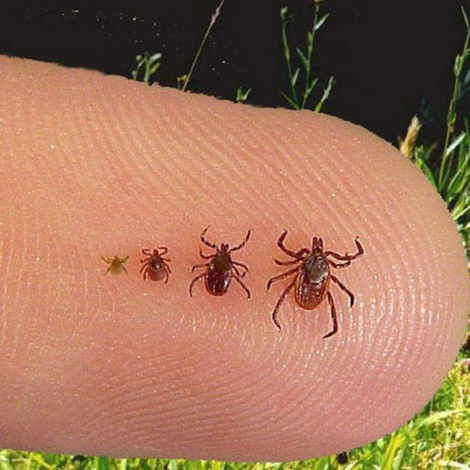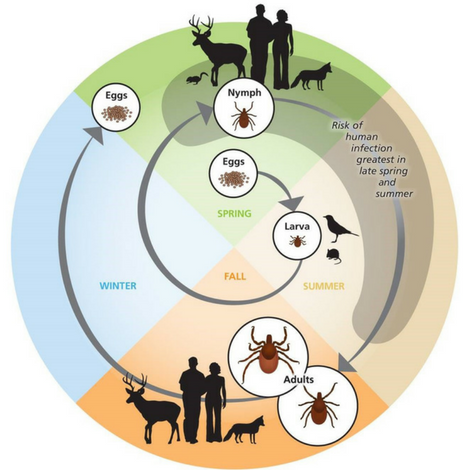tick life cycle canada
They can be found across the eastern half of the United States and into southern portions of. The bite of a hard tick is generally painless with a feeding process lasting several hours to days even weeks.

Update Protecting Yourself Your Dog From Ticks Toronto 2020 Royal York Animal Hospital
Two varieties of ticksblack-legged ticks also known as deer ticks and Western black-legged ticksare notorious for transmitting Lyme disease to human hosts.

. Eggs Larvae Nymph and Adults. However they can lay eggs just about anywhere else and they do. Soft ticks Argasidae Soft ticks Argasidae like hard ticks begin as an egg hatch into a larva feed and then molt into a nymph.
The Tick or the Egg. Life Cycle of Ticks. 1 The Egg Stage 1 After the adult female tick has acquired a proper blood meal she mates with the adult male tick leaves the host and searches for a suitable spot to lay her eggs.
These stages are egg larvae or seed tick nymph and adult. Egg In early spring ticks begin to lay their eggs. Female adults die after egg-laying is complete.
Female ticks lay thousands of eggs on the ground which then hatch into larvae known as seed ticks. Tick Control Ixodes scapularis the black-legged deer tick which is the primary vector for Lyme disease has a four-stage life cycle and a lifespan of about two years. Most ticks go through four stages.
The life cycle of a deer tick lasts about two years and begins in the early spring when an adult female engorged full with blood lays fertilized eggs. Blacklegged ticks are common species and the primary vectors for Lyme disease Anaplasmosis Babesiosis and other illnesses. Testing for tick diseases as easy as taking a few drops off blood from your pet and results are ready in 10 minutes.
The First Stage egg The adult female tick first fulfills a proper blood meal then the process of mating occurs between an adult male and adult female tick. Ticks can get into all sorts of. After the eggs hatch the ticks must have a blood meal at every stage to survive.
It begins in early spring when adult females lay eggs on the. During this development ticks go through four stages of life. Two of the most common types are Black Legged ticks formerly know as the Deer Tick and the American Dog tick.
Blacklegged ticks can feed from mammals birds reptiles and amphibians. Ticks are not able to lay eggs directly on a host they must first detach. Generally adult female hard ticks breed while on the host animal and then drop to the ground to lay eggs.
Annual testing is recommended. There are dozens of different tick species that are commonly found across Canada. Egg six-legged larva eight-legged nymph and adult.
Egg larva nymph and adult. The female tick then leaves the host and. Ticks are tiny ectoparasites that feed on the blood of mammals.
When a tick is a Lyme disease carrier it can transmit it to a human via its bite. Different Types of Ticks in Ontario Canada American dog tick or Dermacentor variabilis. Fabaceae Pea Life cycle.
At this stage of life these small ticks about 18-inch in size have six legs instead of the eight legs they will have later on in their lives. The blacklegged tick or deer tick Ixodes scapularis is one of the most important ticks in the Northeast for human and animal health. Ticks mature in four stages moving from egg to larva and.
All ticks whether they are hard or soft undergo four developmental stages namely egg larva nymph and adult. The life cycle of ticks can vary depending on the species. Deer tick eggs hatch into larvae in the late summer months during which time they take one blood meal from a small mammal or bird.
Its important to be familiar with this life cycle to get rid of ticks from your lawn and. The Ixodes scapularis ticks that transmit Lyme disease in Eastern regions of the United States and Canada have a two-year life cycle. Hoary Tick-trefoil Canada Tick-clover.
The eggs hatch and six-legged larvae emerge from the eggs. Average to moist sandy or rocky soil. Inside or out ticks love a warm environment to lay their eggs.
Egg Larvae Nymph and Adult. The life cycle of a tick is completed after four stages namely egg larva nymph and adult it requires more than a year to complete a full life cycle. Life Cycle Back to Top Dermacentor variabilis develops from the egg stage to the 6-legged larva to the 8-legged nymph and finally to the adult.
After hatching from the egg a tick must obtain a blood meal at every stage to survive. Typical life cycle of the blacklegged tick Ixodes scapularis and associated infection by Borrelia burgdorferi in Canada showing the succession of immunological and environmental. The tick requires a blood meal to.
A tick goes through a similar life cycle as other arthropods as the metamorphosis starts at the egg stage moves to larval stages then to the nymphal stage and finally to adult. Deer Tick Life Cycle and Active Periods Tick Eggs 1. Egg larvae nymph and adult.
Black Legged ticks are the common vector for Lyme Disease. Prairies along shores along roads railroads open woods. Female ticks start questing when the temperature reaches 4oC and higher they engorge with blood and drop off to lay eggs up to 3000 of them.
Ticks have a 2 year life cycle. They occur in two basic forms either hard-shell or soft-shell. During this time they go through four life stages.
The life cycle of hard ticks lasts one to two years depending on the species. Stages in the Life Cycle of Ticks. After hatching the newly-born tick larva requires a blood meal to advance to the next stage of life as a six-legged nymph.
6 hours agoCheck your clothes for ticks after you go indoors and tumble-dry your clothes at a high heat for 10 minutes. Ticks have 4 distinct stages to their life cycle. Lets review the life-cycle of a tick.
In three of their four life cycle stages ticks must feed on blood to survive. They can survive on large mammals such as humans livestock dogs cats. These stages are similar amongst all ticks although the rate of reproduction may vary depending on species.
2 to 6 feet. The majority of hard ticks require three different hosts to complete their development. Ticks have 4 life stages.
Each stage of the life cycle requires a blood meal to develop and eggs typically hatch into six-legged larvae after a period of four to 10 days. 2 The Larvae Stage 2. They are abundant in the province of Ontario.
The cycle requires a blood meal before progression from larva to nymph from nymph to adult and by the adult for egg production. These ticks have four stages of the life cycle. The lifecycle of Ixodes scapularis ticks generally lasts two years.
The life cycle of a tick occurs in four stages.

Ticks In Cats Vca Animal Hospitals
Transmission Canlyme Canadian Lyme Disease Foundation
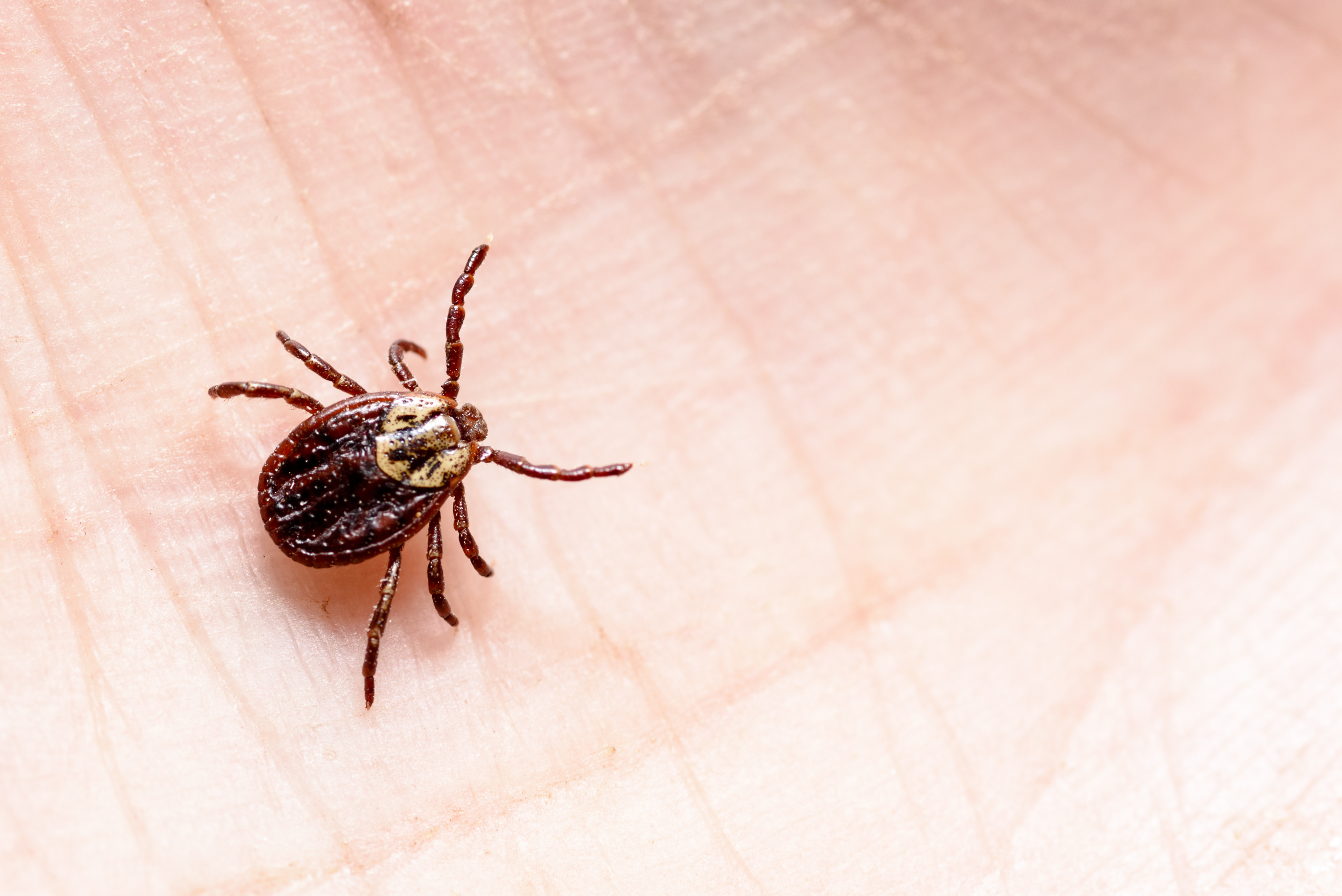
Tick Life Cycle A Review For Spring

Life Cycle Of The Ixodes Tick Vectors Of Lyme Borreliosis Reservoir Download Scientific Diagram

Western Blacklegged Tick Tickencounter

The Typical Life Cycle Of The Black Legged Or Deer Tick Ixodes Download Scientific Diagram

Life Cycle Of Ixodes Ricinus And Transmission Of Rodent Associated Download Scientific Diagram

Tick Disease Prevention Tools Deerbusters Canada
It S November My Dog Can T Have Ticks Can He

Tick Populations Booming Due To Climate Change Climate Crisis The Guardian

1 Life Cycle Of The Ixodes Vector Ticks And Enzootic Transmission Of Download Scientific Diagram

The Typical Life Cycle Of The Black Legged Or Deer Tick Ixodes Download Scientific Diagram
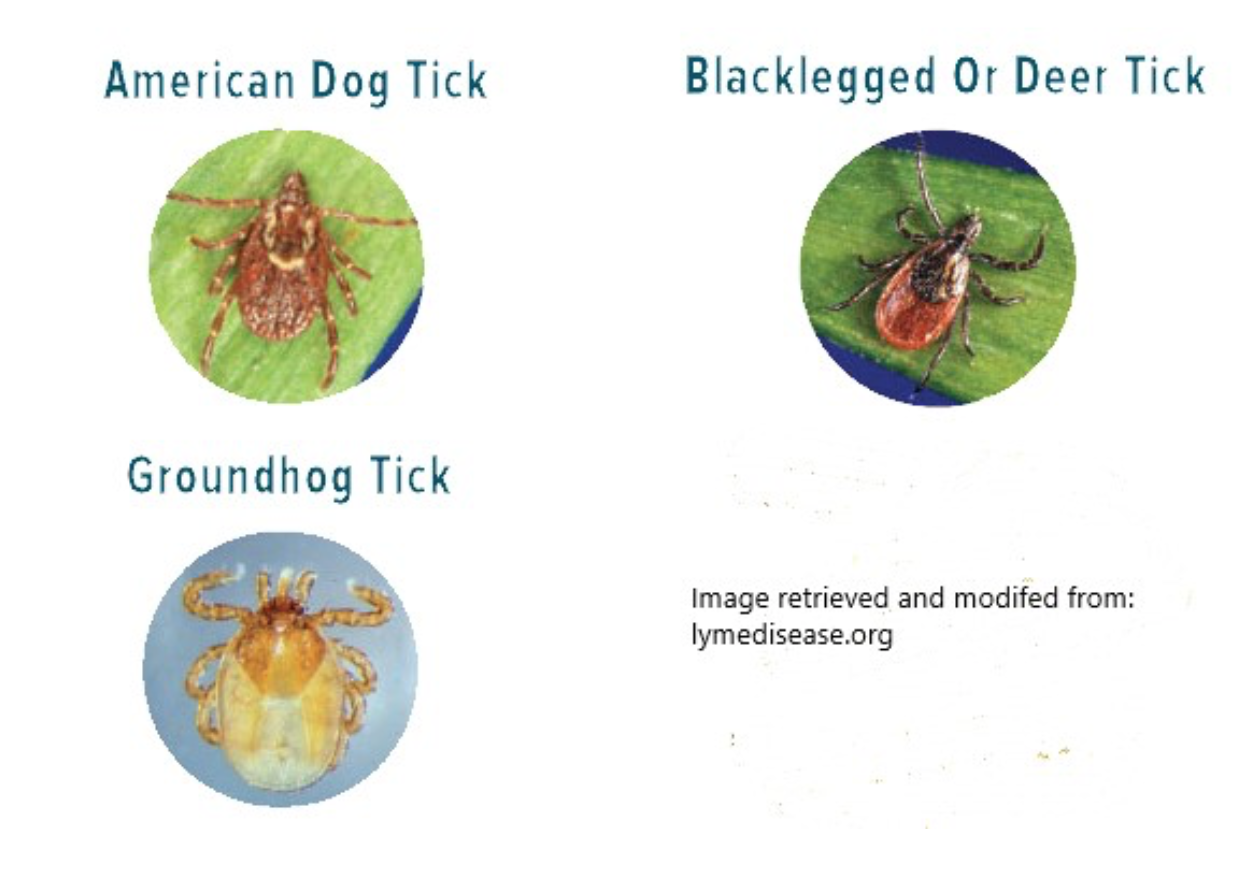
Ticks Lyme Disease And Our Pets St David S Veterinary Clinic

American Dog Tick Dermacentor Variabilis Say
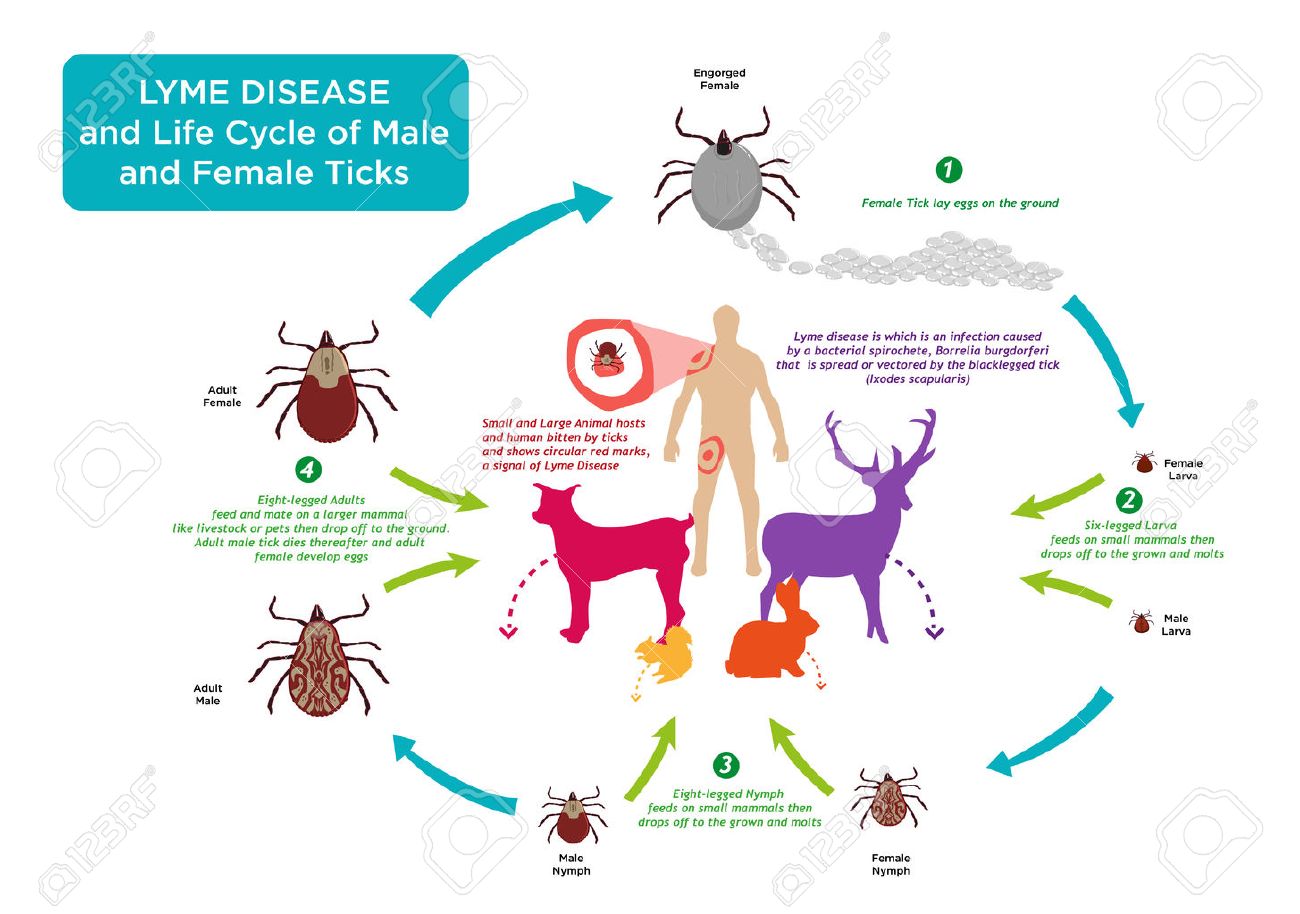
Life Cycle Of Tick Bug With Its Common Hosts And Human With Lyme Disease Which Is
